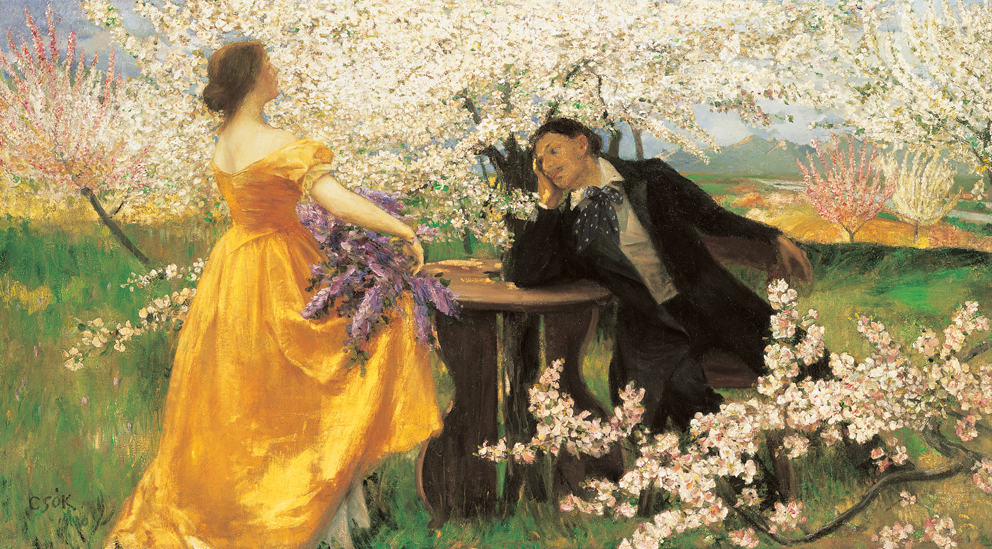
Révész, Emese: "A tavasz ébredése avagy Vénusz diadala. Csók István újonnan előkerült remekművének előzményeiről". Artmagazin, year II. no. 2, May 2004. pp. 22-23.
Auction Catalogue. Kieselbach Gallery, Budapest, 28th October, 2004. pp. 127. ill. 99. kép. Starting price: 10.000.000 HUF.
Artmagazin, year II. no. 2, May 2004. pp. 23.
Veszprémi ünnepi játékok műsorfüzet. 2–6th August, 2006.
Kieselbach. Csontváry. Szerelem. 2006. pp. 25.
Révész, Emese: Csók. Corvina. 2006. ill. 11.
Múzeum – Körút. Válogatás 150 év magyar festészetéből. MNM-Kogart. 2006. ill. 49.
Távoli fények, közelítő színek. A régi japán művészet és a modern látásmód. Szombathelyi Képtár. 2007. pp. 100.
A magyar festészet remekei. Csók István. Kossuth Kiadó/Magyar Nemzeti Galéria. 2010. ill. 13. pp. 20.
Artkalauz. March-July 2012, II/1. pp. 8.